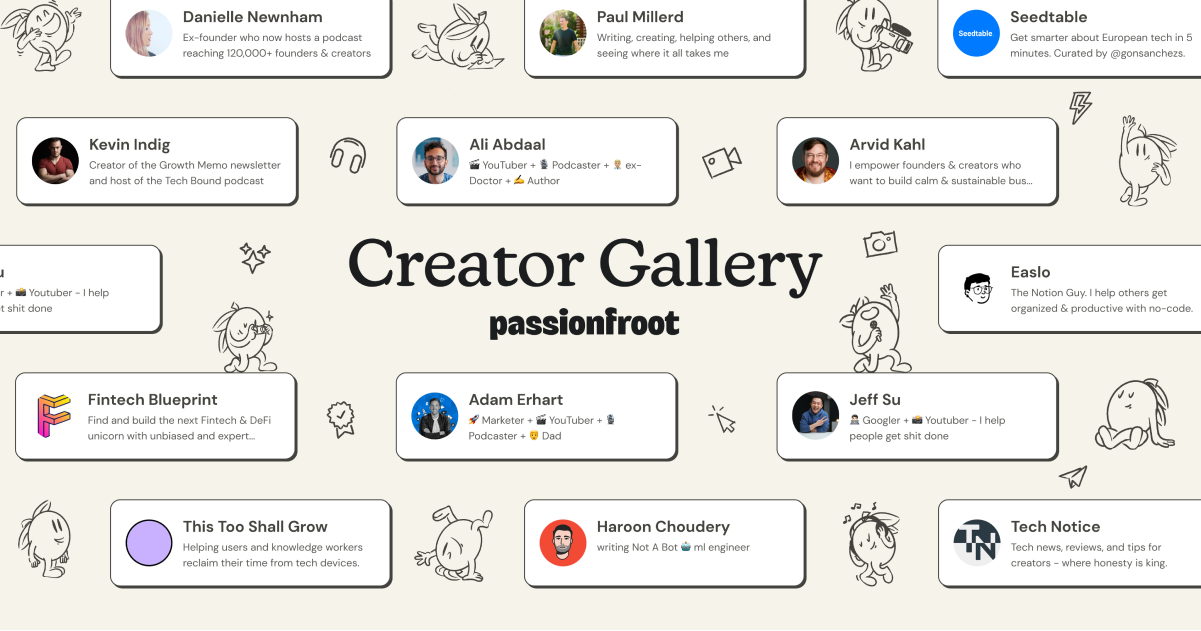
Nike’s Secret to Success on Instagram: Building an Engaged Community
Chances are you’ve come across Nike on Instagram at one point or another.
With more than 83 million followers around the world, Nike is easily in the top 20 most followed Instagram accounts globally (out of nearly one billion).
As you might imagine, that’s a lot of engagement.
But it’s also a ton of incoming conversations for Nike’s marketing and customer care teams to sort through. In fact, the team at Nike (led by Social Media Manager Wes Warfield) handles more than 1,000,000 conversations per year across 200 different social media accounts.
We sat down with Wes to understand just how Nike approaches customer care on Instagram and how they’re leveraged adding value to help grow a massive online community of athletes, influencers, and everyone in-between.
Nike starts with personalization
As one of the world’s largest brands, you might be surprised to find that Nike takes a personalized approach to engaging with their audience.
“We don’t respond as individuals, we respond as Nike. But that doesn’t mean that we don’t treat each conversation as if we’re talking human-to-human,” explained Warfield. “Representing a massive brand presents a challenge across 200 different social media accounts as we all work to create the same experience for our customers. This approach requires extensive training as soon as a new employee comes on board.”
In order to provide that consistent experience on social media, it’s important that employees understand the brand down to its core. Here are several questions that every employee should be able to answer:
- Who are we?
- What do we do?
- Why do we do it?
- What do we stand for?
- What is our brand voice?
- How does our product improve people’s lives?
Nike provides employees with a set of guidelines and examples on how to handle certain situations and conversations across social media. These guidelines and examples help customer care representatives to develop a specific tone of voice from day one.
However, the keyword there being guidelines, not rules.
Warfield explains how important empowering employees to make their own decisions is in ensuring that Nike thrives as a brand on Instagram: “Generally speaking, we empower our employees to represent the brand in a way they feel is in line with Nike.”
Wes explains this approach perfectly using a sports metaphor (naturally!), “The Nike customer care team is sort of like the assistant coach on any sports team. The assistant coaches are the ones that work hands-on with the team. They’re more relatable and approachable. Whereas, the head coach – Nike – can be a bit intimidating.”
In other words, Nike trusts their employees to act as they see fit to connect the Nike brand with the community. This happens on a macro scale as well as on a micro scale – each and every conversation with customers on a daily basis.
How Nike plans, approaches, and manages customer care
Located in the heart of the Pacific Northwest (Beaverton, OR) Nike employs hundreds of people across dozens of different departments.
Meaning that collaboration between teams – or a lack thereof – can create a disconnected and jumbled feel for customers. Even smaller brands and teams face this cross-collaboration challenge.
In order to solve this problem, Warfield and team are purposeful and strategic with their approach.
“We make sure that our team is briefed on the stories that are going to be told among the various Instagram accounts. Doing so helps us to stay consistent in terms of voice, messaging, hashtags, captions, etc,” says Wes. “We’re focused consistent Nike messaging across platforms – making sure that our conversations reflect the nature of the stories we’re trying to tell. Which, by the way, are changing all of the time!”
But managing more than 1,000,000 incoming messages per year means that Nike has to pick and choose the most important conversations to focus on.
Wes explains, “We are always actively looking to take part in relevant conversations on social media since we obviously can’t be a part of every single one. Specifically, we look for where can we add value directly to customers’ lives. We keep an eye out for actionable incoming requests where we might be able to help more than one customer at a time.”
This is a brilliant move on Nike’s part. Since their team receive lots of similar questions from their customers, they see this not as an increase in work, but as an opportunity to help multiple customers at once. The magic of this strategy is that it increases the chance that those customers will share the information with others, thereby decreasing the future volume of questions around a particular topic.
They also implement another productive strategy, according to Warfield. “We sit down often to discuss specific campaigns and how we will approach them. We list out all of the potential questions that we’re going to get and how we’ll answer those. It helps us to save time and be more productive in our jobs.”
Why community is an important tool for Nike
Besides the millions of engagements and conversations created by content that Nike posts on social media, Instagram and other platforms also serve another important purpose: community.
When brands take time and invest in activating their community, they often see tremendous results down the line in terms of engagement and word of mouth.
“We want to be a part of our customer’s journey and a part of people’s real-life stories and if you buy our product, great,” says Warfield. “But buying from Nike isn’t entirely the point. We began to invest in people (the community) on social media because that’s where they are and that’s where they spend time. Social media is where people share the experiences and it’s where they’re asking support-related questions. It’s a massive community and a great chance to build relationships.”
If you’re struggling to get people talking, here are a few tips from Wes:
- Find something that gets your audience moving or talking. At Nike, we started with gamification. Our goal is to get people moving! When you link that to a reward, you have a much better chance for success.
- More importantly, make your content shareable. We started realizing that people wanted to share the story of their athletic journey with Nike. By making this a part of our overall content and customer service strategy, we were able to increase shares on social media. Find out what makes your customers tick.
- Don’t dismiss social media as one of the most important tools for relationships. At Nike, We’ve found that social media, instant chat, and our mobile app are a much better communication journey for customers than email and phone support. Embrace current technologies and meet your customers where there are.
Even Nike, one of the world’s largest and most well-known brands, understands the value of relationship and community building on social media.
The future of Nike customer care
Nike focuses on two key components of their overall marketing strategy:
- Digital marketing (offense)
- Customer care (defense)
The two teams work together ‘round-the-clock to actively communicate what content is going out as well as how they can better handle all incoming messages. It’s a well-oiled machine that ensures each customer is receiving a coherent experience across channels.
“One of the most important things that we focus on is that we want to be and sound human, even if we’re speaking on behalf of Nike. It’s something that we’re always improving,” says Wes to end our time together.
In order to truly relate and keep credibility with their customers, the Nike marketing and customer care team has to speak their language. Of course, this is something that is always changing and evolving.
And similar to sports, mastering these skills takes time, energy, and practice.
The Instagram Marketing Strategy Series
A nine-part series on how to use Instagram for business. ➡️
Up next:
Try Buffer for free
140,000+ small businesses like yours use Buffer to build their brand on social media every month
Get started nowRelated Articles

Learn how Akta, the creator at Passionfroot, uses Buffer to streamline her content scheduling process and grow Passionfroot's following on Instagram and LinkedIn.

Dave grew his traffic newsletter by 2.5x using one simple (and fast) tactic. Here’s how.

Learn how Tempt built a small marketing agency and how they manage multiple clients using Buffer.